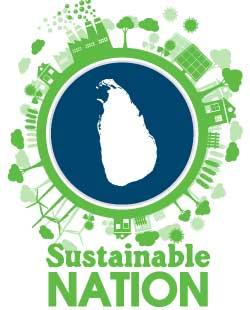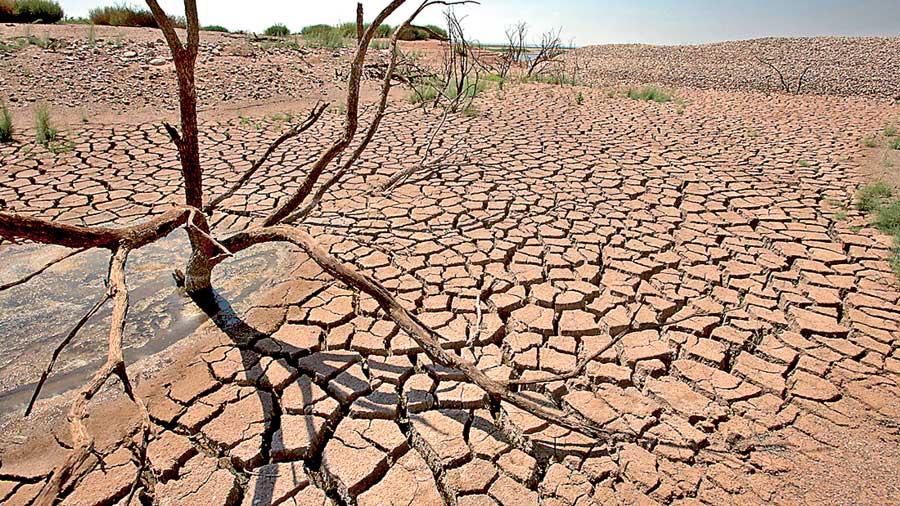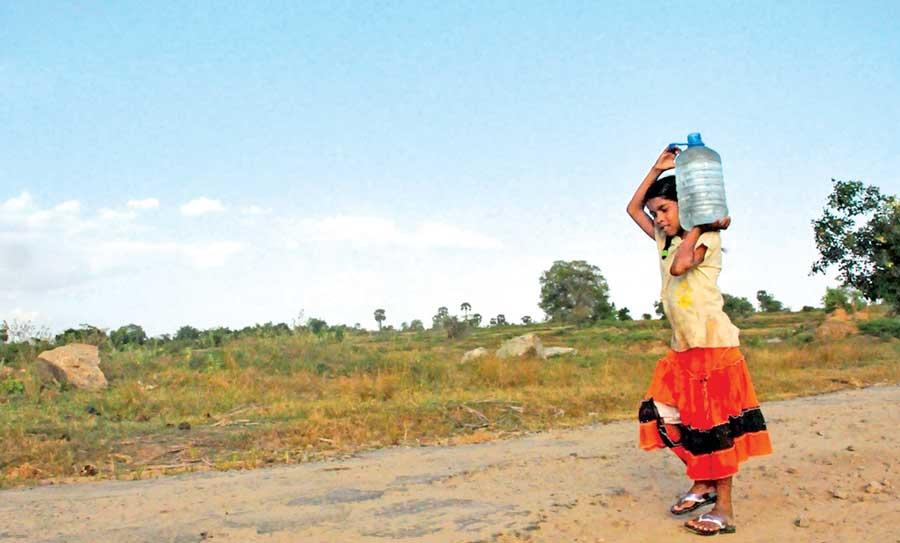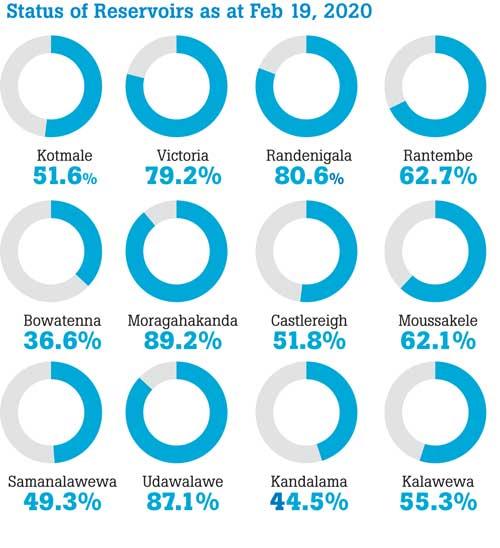Reply To:
Name - Reply Comment

At the Daily Mirror, we believe that climate change is one of the greatest threats that we, as Sri Lankans, will face in the future. Therefore, we intend to provide our readers with local and international content with the objective to educate and inspire. We would also like to learn from our valued readers about any ongoing initiatives in making Sri Lanka a more sustainable nation.
We aim to explore sustainable ways of living that have the most positive impact on not just our natural environment, but also for humans and animals.
While topics such as global warming, pollution, and inequality are confronting, we believe it's time the media stopped shying away from these issues and became an active participant in finding solutions - and we hope you will join us.

According to the Disaster Management Centre (DMC) at least 2,449 persons in the Kegalle district namely in Ruwanwella, Bulathkohupitiya, Deraniyagala and Galigamuwa are affected by the drought. Meanwhile 7,959 persons in Eheliyagoda, Ratnapura and another 1,213 in Akurana, Kandy are affected by this prolonged dry spell. 
No potable water in Kalutara
At least 50,452 families of the Kalutara district are currently experiencing a shortage in potable water, according to the DMC. District Secretary U. D. C. Jayalal said that the issue was experienced in the Kalutara, Beruwala, Panadura and Dodangoda divisions, due to the intrusion of sea water into their water treatment plant.
Jayalal said the Aluthgama–Matugama–Agalawatte Integrated Water Supply Project was initiated to solve the drinking water issue of the Kalutara district adding that it was on-going since 2018. The project commenced by the City Planning and Water Supply Ministry aims to solve the mixing of salt water into freshwater sources in the Kalutara district. “We’re hoping that all goes according to plan and are expecting that the project will be completed by the end of this year,” Jayalal said. The project is expected to resolve the drinking water issue across 269 Grama Niladhari Divisions in Matugama, Dodamgoda, Kalutara, Beruwala, Agalawatta and Madurawala Divisional Secretariats.
“We have deployed 25 drinking water bowsers to reach 800 tanks across the divisions. Residents of these areas have been suffering from this issue since 2010, and it worsens during the dry season every year. The construction of a salinity barrier will ease the problem greatly,” he added.

In Kalutara district meanwhile another 723 families in Millaniya, Matugama and Horana divisions have been affected by the prevalent drought conditions.
Drain on energy supply
As Sri Lanka’s electricity supply is largely dependent on hydropower plants, any inconsistency in the monsoon pattern affects the supply of power. According to the present framework, only when the requirements of domestic water consumption and irrigation are met, will permission be granted for power generation from hydropower plant projects. Though hydropower Plant Load Factor (a measure of the output of a power plant compared to the maximum output it could produce) in Sri Lanka is in the range of 50 per cent, authorities have cast their concerns about the non-availability of capacity in the future.
The contribution of hydropower plants varies with rainfall. Therefore during ‘wet years’ hydropower generation increases even beyond 40% of energy.
However in ‘dry years’ oil-fired thermal power plants are heavily used to bridge the gap in hydropower generation, according to an assessment of the country’s energy sector by the Asian Development Bank in 2019.

The Power and Renewable Energy Ministry said the current dry spell has already impacted the power supply of the country. Development Director Sulakshana Jaywardena noted that the daily demand for energy is being met with difficulty.
“Due to the prevailing dry weather, the demand during the day is drastically increasing,” Jayawardena said. “We have to manage the power supply with the water available in the reservoirs, but we cannot use it for power supply only,” he stressed.
According to Jayawardena several high-priorities including drinking water, irrigation requirements and maintenance of minimum environmental flow have to be managed with the water resources in these reservoirs. “Therefore hydropower generation will be reduced,” he noted adding that the situation is expected to remain the same until the commencement of the
monsoon season. 
Moussakele and Castlereagh reservoirs are the main sources of water for the generation of hydro-electricity in Sri Lanka. Following a considerable decrease in water levels in these reservoirs, the Ceylon Electricity Board (CEB) earlier this month requested the public to consume electricity sparingly.
According to the Water Management Secretariat the Kotmale reservoir’s effective storage capacity is at 51.6% with Castlereigh reservoir at 51.8% and Moussakele reservoir at 62.1%. “In response we have to run thermal power which is expensive and an additional burden to the economy,” Jayawardena said.
The state owned CEB meanwhile has proposed to connect 300 Megawatts(MW) additional capacity as a contingency measurement and extend several power purchase agreements, connected into system last year. As of 2019, 170MW out of 320MW has been added to the system as extension of existing power plants.
Jayawardena said that the CEB also offers the opportunity for ‘bulk customers’ who possess generators as a reserve energy source, to generate and use their own energy during this time period, under the self-generation scheme, for which they will be reimbursed by the CEB.
“We have repeatedly requested consumers to bring electricity wastage to a minimum and to also use energy efficient appliances.” Jayawardena said. “Consumers can avoid using certain equipment during peak hours from 6 pm to 10 pm. For instance, we urge the public to iron clothes after 10 pm or before 6 pm. It won’t save energy, but it certainly gives some relief to the system. We can’t reduce the demand, but we can hope to ease the burden,” he opined.
“The current energy demand in Sri Lanka ranges from 2,400MW to 2,500MW. As the dry spell continues into March, we expect this demand to increase up to 2,600MW or more,” he said.
A 2019 report on the cost of droughts, floods and related healthcare in Sri Lanka compiled by the Asian Development Bank released last year, states that for the period between 1974 – 2008, the Sri Lankan government reported 285 events of drought. It also adds that regional climate model projections for future temperatures predict increases for Sri Lanka: 1°C–1.1°C by 2030, and 2.3°C–3.6°C by 2080. The report also warned that as droughts decrease food production, in poor regions, it may also result in malnutrition and associated health risks. Floods and droughts can also cause health spillovers into unaffected populations in disaster-affected regions since health consequences occur through complex interactions, it warned.